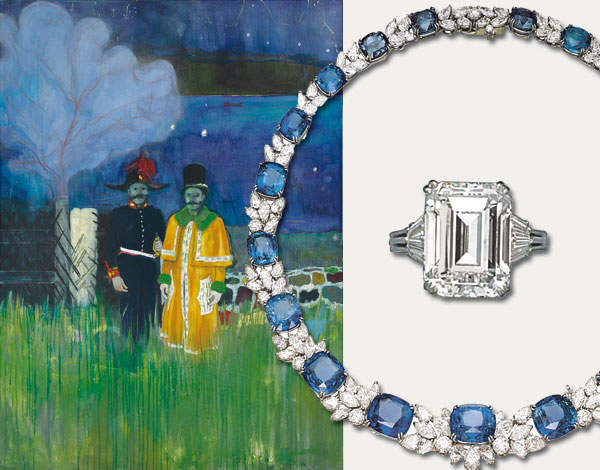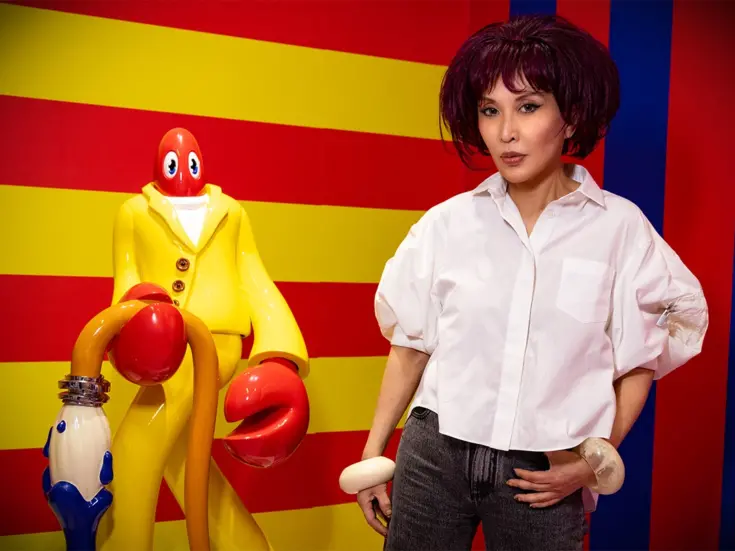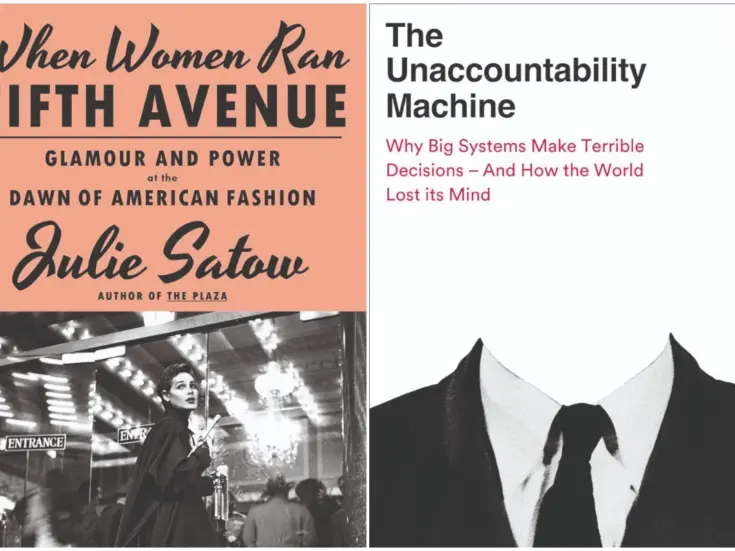

In the popular imagination, Christie’s is still perceived as a cross between a museum and a gentlemen’s club. The reality these days is radically different. At 21st-century Christie’s, you can not only place a saleroom bid for a record-smashing $58.4 million Jeff Koons Balloon Dog, but also buy a $10,500 stainless steel Daytona Rolex or a £5,000 Hermès Birkin bag — at auction, in a private sale or from the comfort of your tablet. The auction house owned by billionaire François Pinault is increasingly marketing itself as a one-stop shop for the wealthy, offering almost as complete a range of luxury items as LVMH (the luxury-goods conglomerate run by Pinault’s arch-rival, Bernard Arnault).
The various Christie’s departments are cross-marketing as never before to ensure that clients of one department are aware that they can shop from the others. ‘There are many collectors of paintings who do not think to turn to Christie’s to buy a jewel, a watch or some wine,’ says François Curiel, chairman of Christie’s Asia-Pacific and of the luxury division, which comprises those very products. Curiel says he recently met a Russian art collector at a Christie’s jewellery exhibition in Courchevel who was stunned to discover that the auction house sold gems. Curiel hopes that soon this situation will not recur.
A spectacular demonstration of Christie’s cross-marketing efforts came on 12 November 2013, when the Koons sculpture Balloon Dog (orange) and a 14.82-carat fancy vivid orange diamond were both auctioned, the former in New York and the latter in Geneva. The lots were publicised in both cities, the catalogues both had orange spines and both pieces ended up fetching record prices.
‘This is a perfect illustration of how we wish to bring together sale categories which naturally complement each other in today’s market,’ notes Curiel. As catalogues come out a month before a sale, clients can potentially bid by phone, in writing or via someone on their behalf. While there were two different buyers for the Koons and the diamond, ‘The idea was to make art collectors aware of the diamond and vice versa, as both buyers could have afforded the other piece.’
Christie’s is merely mirroring the shift in the overall market. Curiel recalls that when he started there in 1969, half the sales were furniture and Old Master paintings. Today, furniture represents about 2 per cent and Old Masters 7 per cent. The current top three sellers are Postwar and Contemporary art; Impressionist and Modern art; and jewellery and watches.
The client base has, meanwhile, grown exponentially, and become truly global. To reach this vastly expanded pool of potential customers, Christie’s is deploying up-to-date marketing tools and promoting itself the way a high-fashion or luxury-goods retailer might. A slick May 2014 Christie’s pre-sale video set to blaring rock music shows a skateboarder zipping through galleries of Contemporary art.
Christie’s recently hired Jeremy Langmead (formerly with Esquire and Net-a-Porter) to be its chief content officer. He is redesigning the website and coming up with sharper ways of communicating with clients — both the top collectors, of which there are 1,000 to 2,000 worldwide, and the rest, who can regularly spend as much as $20,000 at auction.
When it comes to the actual lots, Christie’s is going way beyond the customary pre-auction viewings at its HQ. Before its private sales, the watches and jewellery department stages special exhibitions — pop-up showrooms — in such hot-spots as Aspen, Beijing, Courchevel, Dubai, Monaco, Moscow or Shanghai. Watch aficionados can also buy timepieces online, with a credit card, at a fixed price and with no extra commission, from the Christie’s Watch Shop. According to Curiel, this new platform has lured 75,000 visitors to the site, over 60 per cent of them new to Christie’s. The priciest watch sold so far: a $195,000 Patek Philippe perpetual calendar chronograph, acquired by a Christie’s first-timer.
Based at Christie’s South Kensington is the decade-old handbag division, led by Clare Borthwick. The countertop in the basement beneath her office is covered with handbags worth a combined £80,000-100,000 that are soon to be auctioned. The bags are in unexpectedly bright and fashionable colours — turquoise, pink, purple — a sign that they were recently bought or custom-made.
‘Christie’s has fast become a global shopping destination,’ says Borthwick, who reports that the June sale produced the highest total for any online-only handbags and accessories auction (£510,000). The handbag market certainly has room to grow. According to Curiel, it’s ‘below half of 1 per cent’ of Christie’s total sales. ‘We must be selling $4 million worth of bags.’ Here again, a large part of Borthwick’s job is to make clients aware that they can pick up their handbags at Christie’s. ‘People don’t know we sell these things — they think we only sell art,’ says Borthwick.
Would the house’s founder, James Christie, spin in his grave if he saw Christie’s selling fashion accessories priced as low as a few hundred pounds (in today’s money)? ‘We’re catering to the changing tastes of our clients,’ Borthwick insists. ‘That’s what people seem to be interested in, and that’s where they’ve taken us.’
Meanwhile, in Postwar and Contemporary (Christie’s highest-selling department), the most popular lots tend to be instantly attributable to a particular artist — Koons, Gerhard Richter, Damien Hirst — in the same way as a handbag can be identified as an Hermès. Artworks at the top end of the Contemporary market are being marketed (if not originally conceived) not unlike luxury goods, their signature styles akin to fashion logos. Is Christie’s not reinforcing the phenomenon by cross-marketing artworks with jewellery, expensive watches and handbags?
‘Anywhere you find this nexus of commercialism and art, you find the same phenomenon: luxurification,’ says Felix Salmon, a former Reuters columnist who is now senior editor of the new cable network Fusion. ‘Artists have become brands and instantly recognisable brands in much the same way the Louis Vuitton logo has. Is it a regrettable thing? Perhaps, but it’s a done thing. I’m not sure there’s much use crying over spilt milk,’ concludes Salmon. Christie’s and Sotheby’s ‘help to turbo-charge’ that phenomenon, ‘but they do reflect reality’.
‘Our world is rewarding the tastes of nouveaux oligarchs who like shiny objects and like showing off in terms of the art that they buy,’ he says, ‘who like people to be able to walk into their apartment and say, “Oh look, you have a Richter.”‘ Christie’s is hoping that, some day soon, the same collectors’ apartments will be filled with coloured diamonds, Patek Philippe watches and Hermès handbags, all sourced from them.
Pictured top: Peter Doig’s Gasthof fetched £9.9 million, but jewellery is now a key part of its business too








